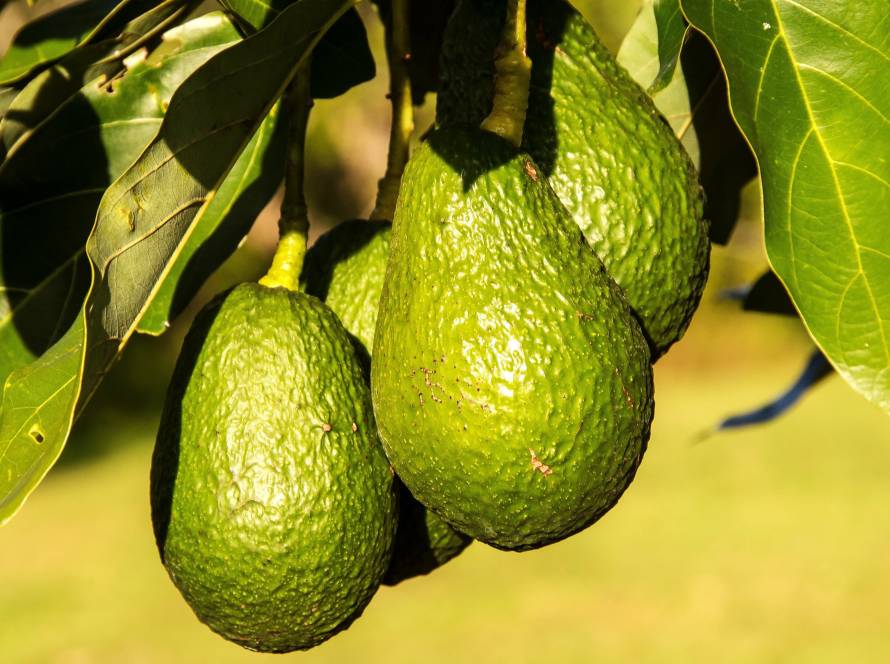Total beef exports in February (meat in nature added to processed meats and by-products), showed a drop of 6% in volume, reported the Brazilian Association of Meatpacking Plants (Abrafrigo), which compiled data from the Secretariat of Foreign Trade (Secex), of the Ministry of Development, Industry, Commerce and Services (MDIC). In volume, the movement in February 2025 was 217,108 tons and in 2024 it reached 230,504 tons. In revenue, there was a growth of 12.6% in February, going from US$$ 922.1 million in 2024 to US$$ 1.038 billion in 2025. The average price in 2024 in February was US$$ 4,000 per ton and, this year, it was US$$ 4,782 per ton.
In the first two months of 2025, exports moved 456,146 tons (-2%) with revenue of US$$ 2.066 billion (+12%). In 2024, the movement was 465,651 tons and revenue of US$$ 1.852 billion. The average price for the two months in 2024 was US$$ 3,977 per ton and in 2025 it reached US$$ 4,529 per ton.
The largest customer of the Brazilian product, China, imported 194,135 tons with revenue of US$$ 857.5 million in the first two months of 2024. In the first two months of 2025, China's movement was 183,800 tons (-5.3%) and revenue of US$$ 895.9 million (+4.5%). The average price in 2024 was US$$ 4,417 per ton and in 2025 it reached US$$ 4,874 per ton.
The United States, Brazil's second largest customer, purchased 89,003 tonnes with revenue of US$$ 258.2 million in the first two months of 2024. In 2025, imports fell to 78,233 tonnes (-12.1%) and revenue rose to US$$ 286.3 million (+10.9%). The average price in 2024 was US$$ 2,901 per tonne and in 2025 it increased to US$$ 3,360 per tonne.
The third largest buyer of beef, Chile, increased its movement from 11,926 tons, with revenue of US$$54.5 million in 2024 to 19,281 tons (+61.7%) and revenue of US$$105 million in 2025 (+92.5%). Algeria rose to fourth position among the 20 largest importers, increasing its purchases from 5,322 tons and revenue of US$$24.1 million in 2024 to 15,956 tons (+199%) and revenue of US$$85.4 million in 2025 (+254%). Other importers that had relevant growth were Italy and Libya. In total, 89 importers increased their purchases, while another 51 reduced their purchases.




